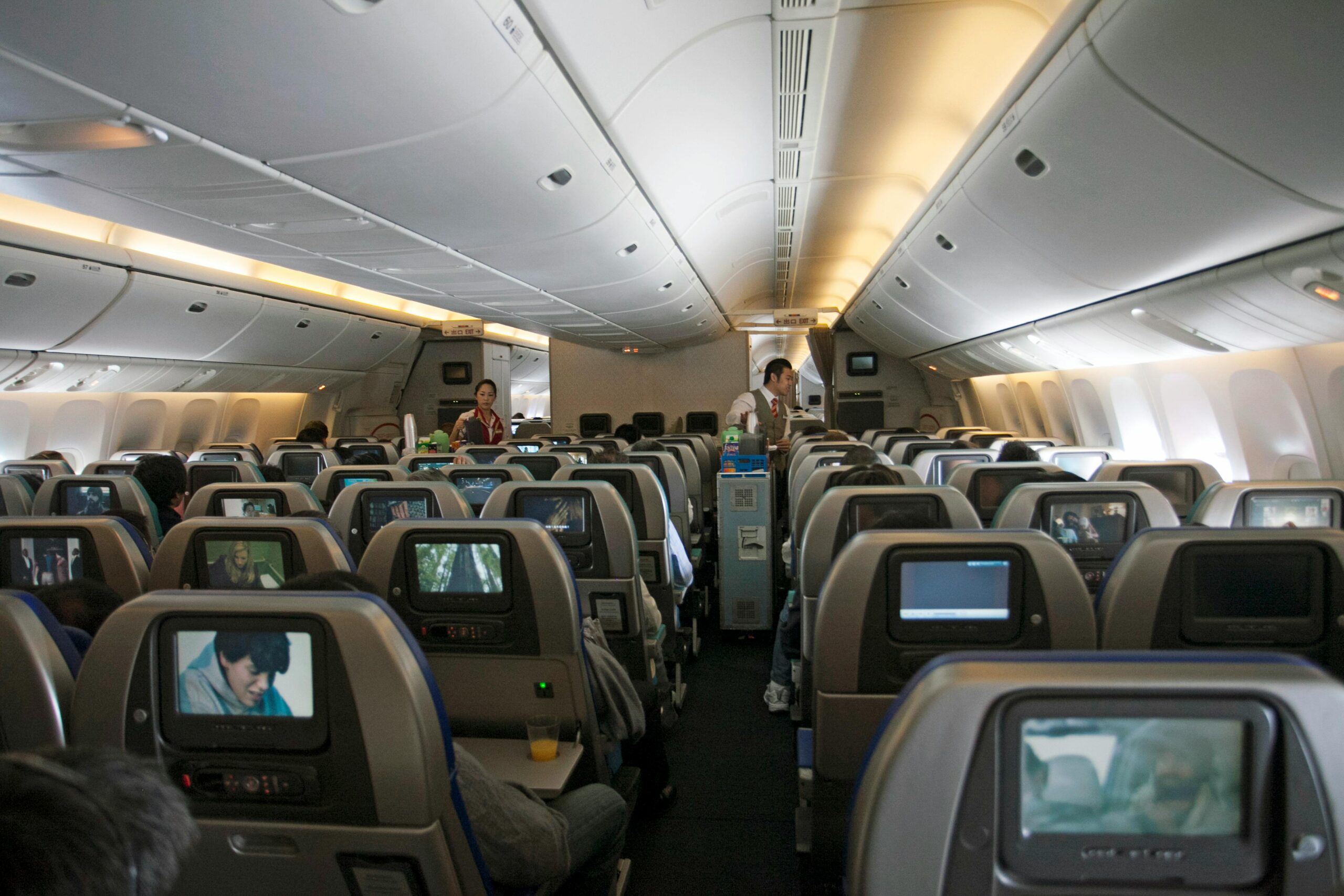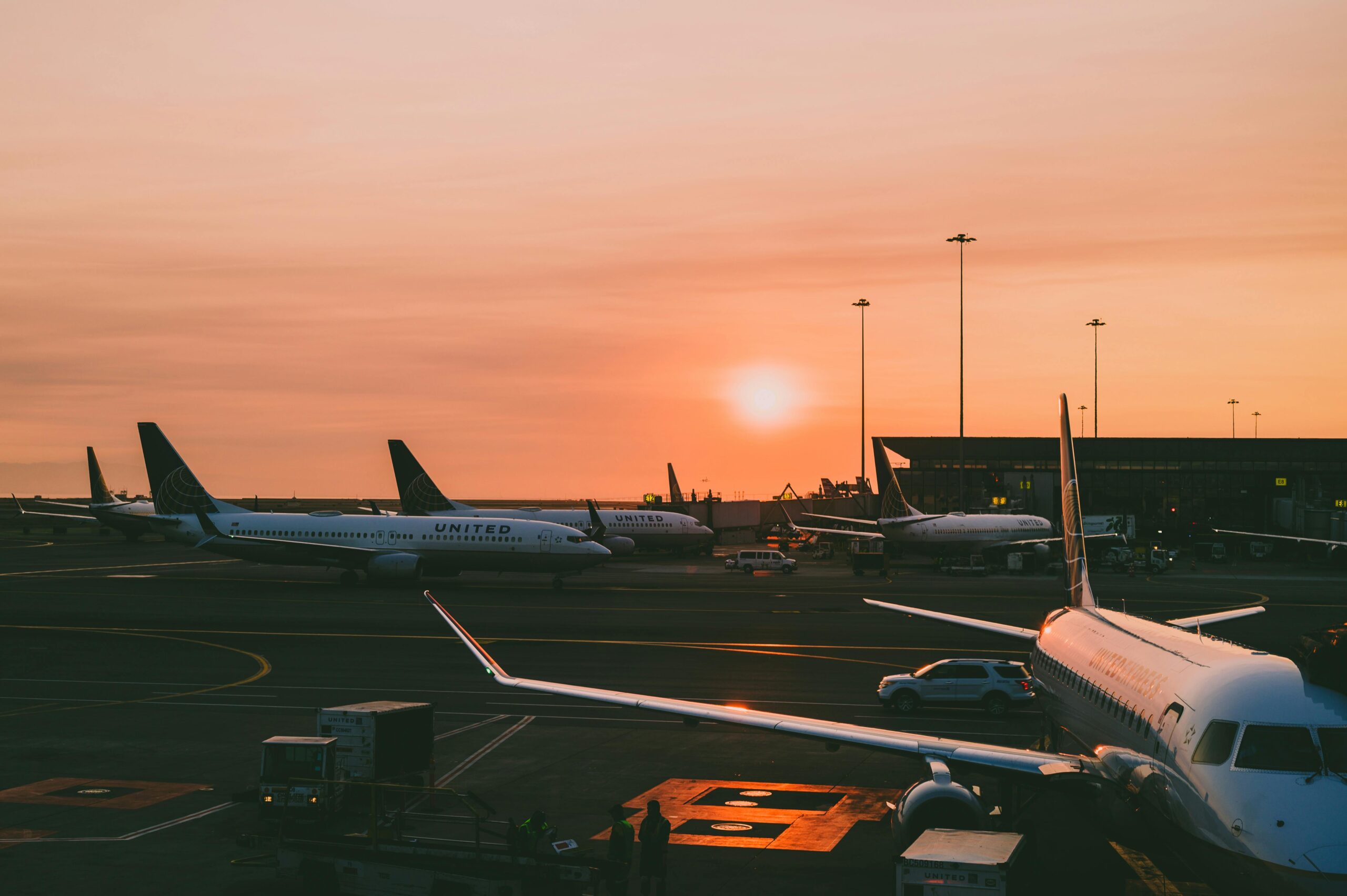Your bags are packed, your passport’s in hand, and your dream itinerary is set—but after hours in the air, crossing several time zones, will you be too tired to enjoy your trip?
The morning I landed in Rome after an eight-hour flight and six-hour time change, I felt surprisingly OK. My husband and I breezed through the airport, caught a train, and settled into our chic Airbnb. Then we hit the streets for an adrenaline-fueled walk, feasting on pasta and taking in the beauty of ancient sites. For a moment, I thought I’d dodged jet lag altogether, but by 3 p.m., after walking 15,000 steps, total exhaustion hit me. All I wanted was a midday nap, but I knew I had to power through, even if it meant keeping my heavy eyelids open for 30 hours straight (I hadn’t slept much on the plane).
You may not feel jet lag right away. Some people feel fine the first day but crash hard a day or two later. Others feel symptoms immediately. Jet lag—a temporary sleep disorder—is more than just feeling tired after a long trip; symptoms include insomnia, headaches, irritability, stomach issues, and poor concentration. How it affects you can vary widely based on factors including the number of time zones you cross, your direction of travel, daylight exposure, age, and how rested you are before your flight.

Read more: Spring Travel
“The biggest misconception about jet lag is that it is primarily caused by sleep loss or sleep disruption,” says Daniella Marchetti, Ph.D., DBSM, a clinical psychologist with Rise Science, who travels from Miami to Rome each year. “The truth is, jet lag is caused by circadian misalignment.”
In other words, that out-of-sync feeling happens when your internal body clock, heavily influenced by light exposure, hasn’t caught up to the local time of your destination. And sleeping on the plane doesn’t guarantee you’ll avoid jet lag. “You could be shifting your circadian clock in the wrong direction and worsen jet lag if you are asleep at a time when you should be exposed to light,” explains Marchetti.
She also notes that jet lag isn’t completely avoidable, even with supplements or careful scheduling. However, you can minimize the symptoms and help your body adjust more quickly with the right strategies.
Here’s how to adapt to a new time zone and make the most of your time abroad.
Sleep tips for long-haul and red-eye flights
A flight longer than seven hours is typically considered a long-haul flight. If you’re flying eastward—say, from the U.S. to Europe—it’s generally more challenging to adjust than when traveling west. “The body needs to adjust to a shorter day,” explains Marchetti, which can make it harder to fall asleep at the right time.
To make the transition easier, she recommends gradually shifting your sleep schedule in the days leading up to your trip. That means going to bed and waking up 30 to 60 minutes earlier for at least three days before your flight, if your schedule allows.
The exact timing for falling asleep on a flight will depend on your departure location, but try to sleep during the nighttime hours of your destination. For example, if you’re traveling from New York and it’s 9 p.m. on your flight, then it’s 3 a.m. in Rome. Marchetti says that falling asleep earlier on the flight can get you on track faster.
Sleeping on a plane isn’t easy for everyone, but a few small comforts can help. Wear a comfortable outfit, bring a travel pillow, and limit screen time or wear blue light-blocking glasses. To reduce stimulation, wear an eye mask and earplugs or noise-canceling headphones.
You may also want to skip the in-flight food service. “I recommend eating before the flight, rather than during,” says Marchetti. It’s common for changes in cabin pressure and prolonged sitting to cause digestive issues, such as bloating. Marchetti also notes that your last meal—and sleep supplements—should be consumed about three hours before you want to fall asleep to give your body time to wind down. Just don’t forget to hydrate. Flying is dehydrating, which can worsen fatigue and slow down digestion. So, keep sipping water, but skip alcohol—it disrupts sleep.

Read more: How to sleep better while traveling
How to adjust to a new time zone
Jet lag management doesn’t end when the plane wheels touch the tarmac. For the first few days of your trip, your body will still be operating on your original time zone. To minimize symptoms, be strategic about light exposure and less concerned about movement, temperature, or diet hacks.
“The strategy that works best is cleverly timing sunlight exposure and darkness, as light is the biggest zeitgeber, or cue for circadian rhythm,” explains Marchetti. She adds that while melatonin can help you fall asleep, it’s often misused as a jet lag cure due to the false idea that sleep deprivation is the main cause.
For one to three days, Marchetti recommends avoiding bright sunlight before 9:30 a.m..
That early light can actually delay your body’s clock, making it harder to shift your sleep-wake cycle. “This is why immediately adjusting to the destination time zone does not always work,” says Marchetti. Instead, try planning indoor activities for those morning hours before heading out for the day.
After about three days, your body will adjust to the local time. By that point, getting sunlight soon after waking, around 7:30 a.m. to 8:00 a.m., can help reinforce your new schedule. If you need help figuring out the timing, tools like Timeshifter and Jet Lag Rooster offer personalized schedules for shifting sleep and light exposure based on your travel itinerary.
Read more: 6 Sustainable Travel Tips for Conscious Adventures
Will taking a nap make jet lag worse?
Marchetti says it depends on the magnitude of the time change and what you have planned once you arrive. Ask yourself:
- Am I traveling for business or pleasure?
- Do I have any immediate commitments?
- Do I have any medical conditions to consider?
“In cases where naps are absolutely needed for performance later in the day or because the body has reached its breaking point, then the nap should be kept brief, around 30 minutes, and in the early afternoon if possible,” says Marchetti. Long naps can interfere with the adjustment period.
Read more: A Beginner’s Gear Guide to Backpacking
Adapting to a different pace of life while abroad
Jet lag isn’t the only thing that can disorient you while traveling. Sometimes, it’s the culture shock of a new daily rhythm. Mealtimes shift, stores close in the middle of the day, and your itinerary is fuller than usual. Being flexible can help you adjust to local culture and the natural pace of the environment.
It’s normal to feel pressure to make the most of day one, and every day after—especially if international travel is a rare treat (like it is for me). However, pushing too hard, too soon, can contribute to travel burnout.
“Save the special excursions for later in the trip when you may have more energy and wherewithal to enjoy the action,” recommends Marchetti. “The first few days are good for becoming oriented in the new destination and exploring at your own pace with low-pressure dining and sightseeing activities.”
Embrace the spirit of exploration, leave room for spontaneity, and find a balance between structured plans and free time.
- Learn local social norms. Understanding and respecting local customs will enrich your experiences and help you feel less like a tourist and more like a local.
- Adjust your routines. Be open to shifting your meal and sleep times to better align with your new surroundings. Keep in mind that some plans may fall through—rain, holidays, protests, or strikes may cause unexpected closures or delays.
- Go with the flow. Flexibility and patience will help you stay in the moment and conserve energy.
Some degree of jet lag may be inevitable, but it doesn’t have to ruin your trip. With some planning, you can ease into the experience and create memories that you’ll never forget.

Read more: What is regenerative travel?
Have feedback on our story? Email [email protected] to let us know what you think!

Shop Pillows
The Essential Organic Pillow Collection
Gentle, breathable, non-toxic support.







